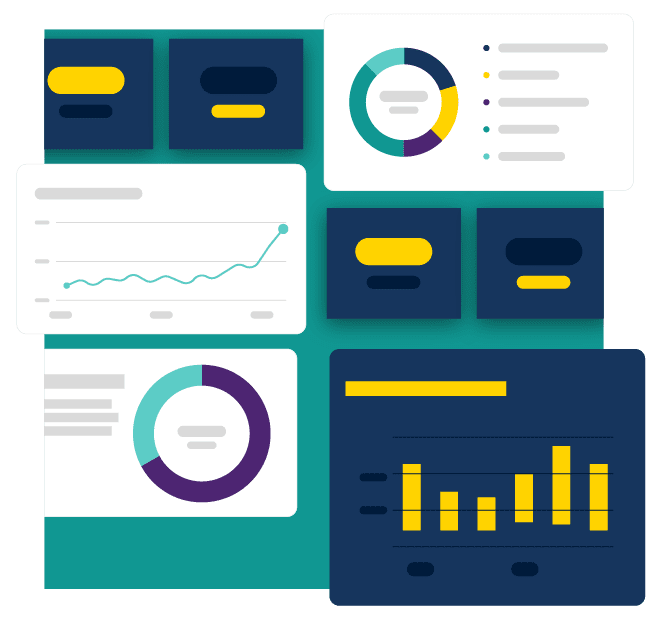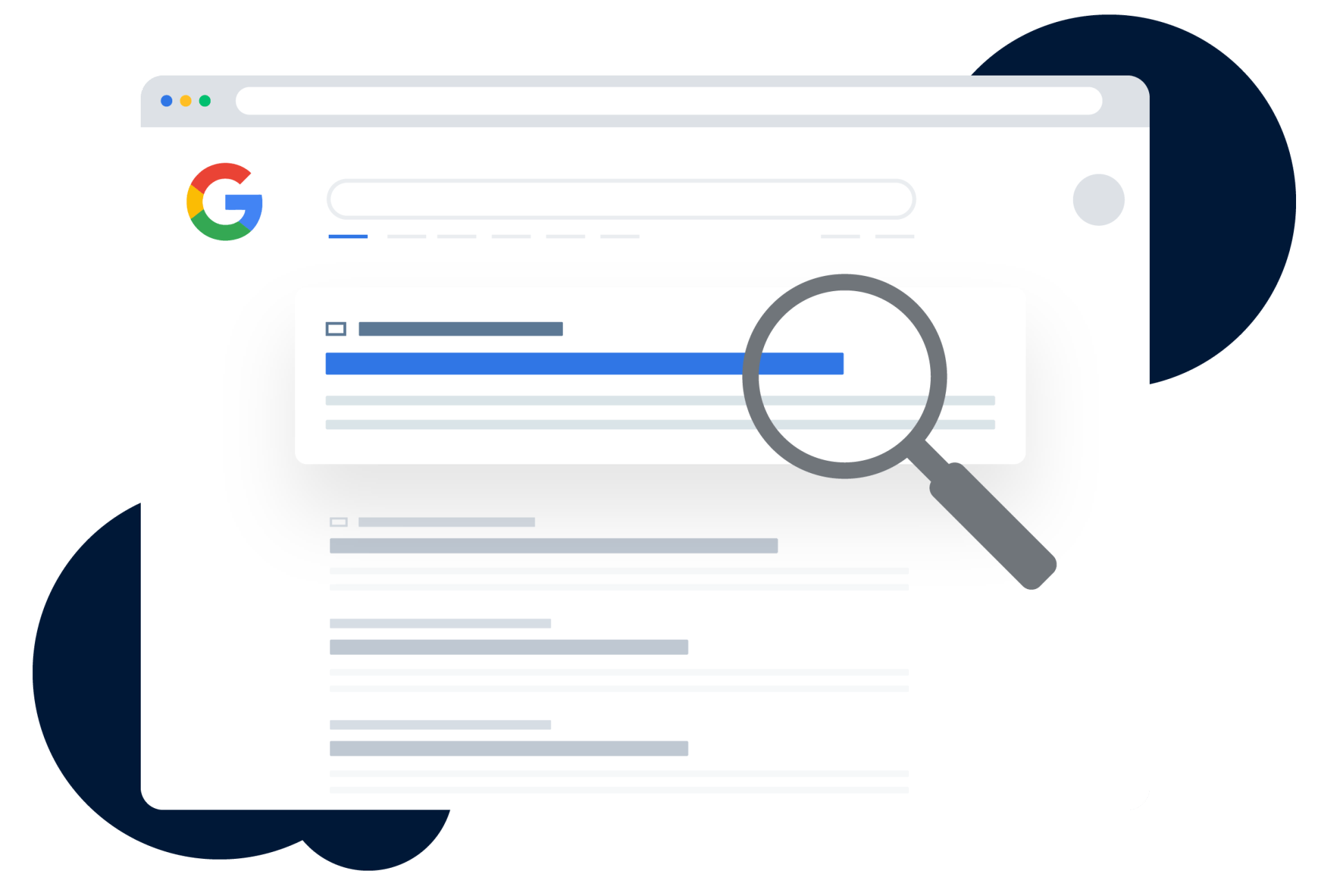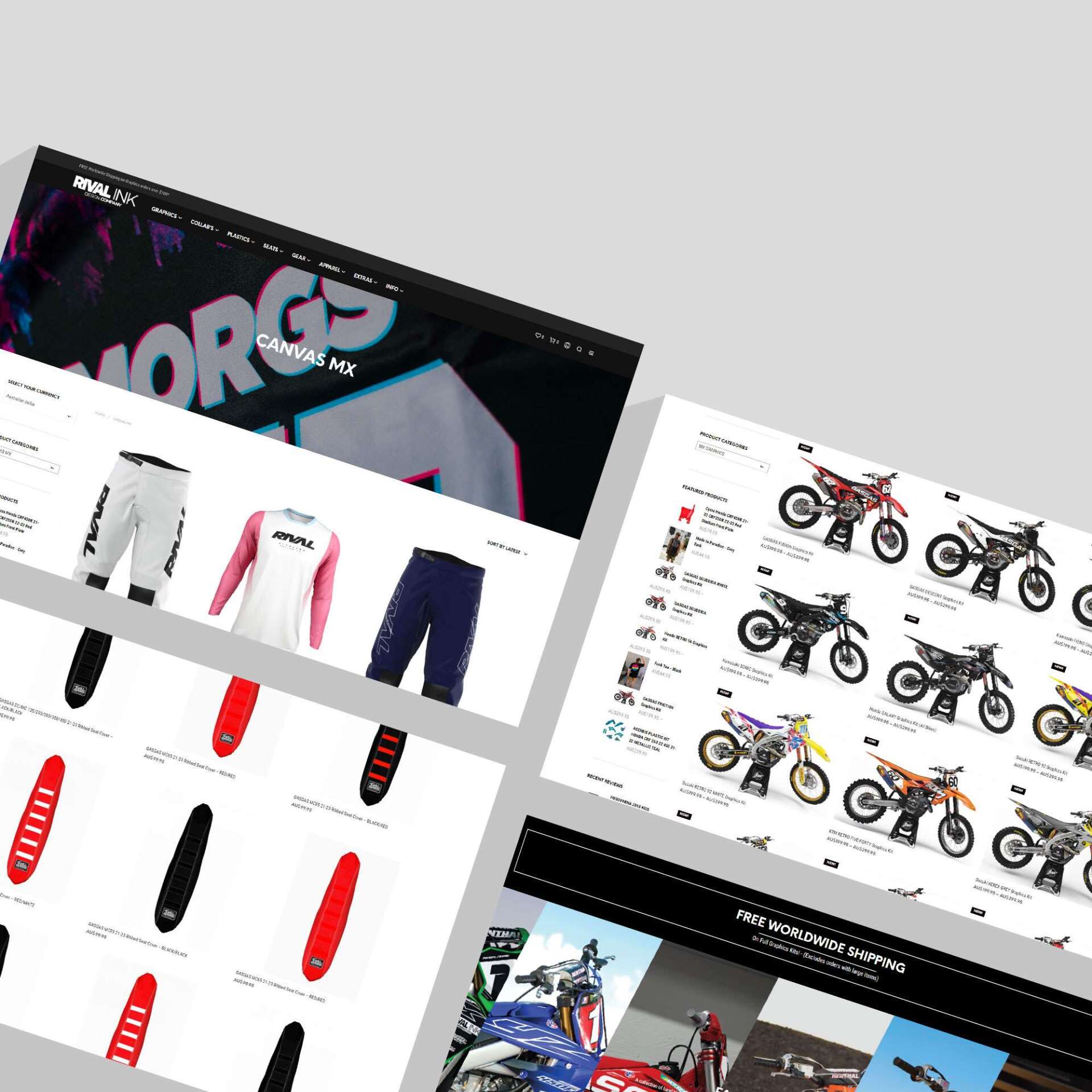The Ultimate Guide to Boosting Website Conversions: Strategies & Best Practices

Understanding Website Conversions and Their Impact on Growth
To improve website conversions is to transform your digital presence from a simple showcase into a revenue-generating machine. A conversion occurs when a visitor completes a desired action on your website, such as making a purchase, filling out a contact form, or subscribing to a newsletter. The process of enhancing this is known as Conversion Rate Optimisation (CRO).
Key strategies to boost conversions include optimising page load speed, crafting compelling headlines, streamlining forms, adding social proof like testimonials, personalising calls-to-action (CTAs), and ensuring a mobile-first design. The average website conversion rate is between 2-5%, though this varies by industry. Top performers can achieve 11% or higher.
The critical insight is that even small improvements dramatically impact your bottom line. For instance, increasing your conversion rate from 2% to 3% can increase your revenue by 50% without spending more on traffic acquisition. This highlights the shift from a "more traffic" mentality to achieving "better results from existing traffic."
Successful CRO is not guesswork; it is about understanding your audience and systematically removing barriers to action through data-driven optimisation. This disciplined approach is fundamental to scaling businesses and achieving significant growth, turning a digital presence into a primary driver of revenue.
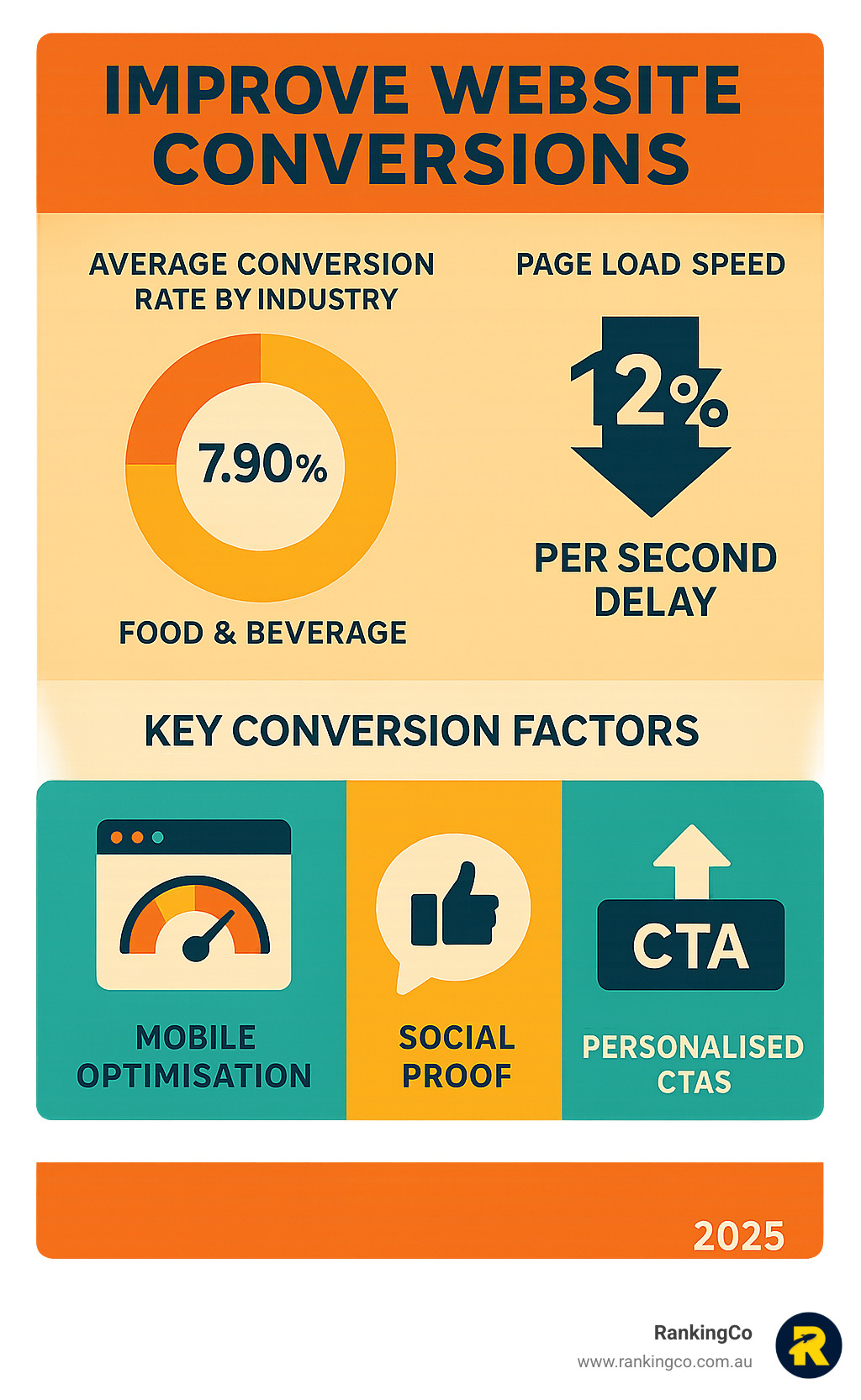
Core Pillars of Conversion: Key Factors Influencing Your Rate
Lasting improvements in website conversions come from mastering the fundamental pillars that shape a visitor's experience. Lasting success requires a systematic focus on website performance, user experience, a compelling value proposition, and mobile optimisation. At RankingCo, we've seen countless businesses transform their results by focusing on Optimising User Experience for Better Conversions , creating experiences that feel effortless and build genuine trust.
The Critical Role of Page Load Speed
In today's digital landscape, speed is critical for conversion success. With 47% of customers expecting a webpage to load in 2 seconds or less, failing to meet this expectation can create a negative brand impression. The link between page speed and conversions is direct; research shows a 12% drop in conversion rate for every second of load time. This is proven by major companies; for example, one major retailer found that every 1-second improvement in page load time increased conversions by 2%.
The impact extends beyond direct conversions. When page load time doubles from 3 to 6 seconds, the probability of a bounce surges by 106%. With over 53% of mobile visits abandoned when pages take longer than 3 seconds to load, speed optimisation is non-negotiable. Our Technical SEO services address these performance challenges, ensuring your website delivers the swift experience modern users demand.
Crafting a Compelling Value Proposition
Your value proposition answers the visitor's fundamental question: "What's in it for me?" Without a clear, compelling answer, even a technically perfect website will struggle to convert. The most effective value propositions are remarkably clear; marketing studies recommend a USP of 10 words or less. This forces you to distil your core benefit into its most essential form.
Your headline carries enormous responsibility, as five times as many people read the headline as the body copy. It must grab attention and set clear expectations. Successful value propositions speak directly to customer needs in their own language, focusing on outcomes and benefits. When visitors immediately understand how you can help them, trust builds naturally, and the path to conversion becomes clear.
Designing for a Seamless User Journey
It takes just 50 milliseconds for visitors to form an opinion of your site, making thoughtful design crucial. A seamless user journey relies on several factors. Intuitive navigation allows visitors to find what they need without effort. Mobile-first design is an absolute necessity, with over 58% of global web traffic coming from smartphones. This requires rethinking content hierarchy and interactions for smaller screens.
Visual hierarchy guides attention using size, colour, and white space to direct the eye towards important messages and CTAs. Finally, readability , achieved through appropriate fonts and spacing, ensures your message is received clearly. Our Onsite SEO services integrate these design principles to ensure your website not only ranks well but also converts visitors effectively.
Actionable Strategies to Improve Website Conversions
With a solid foundation, you can implement tactical changes to improve website conversions . Careful optimisation of direct conversion touchpoints can transform casual browsers into committed customers, with small tweaks often yielding dramatic, measurable results.
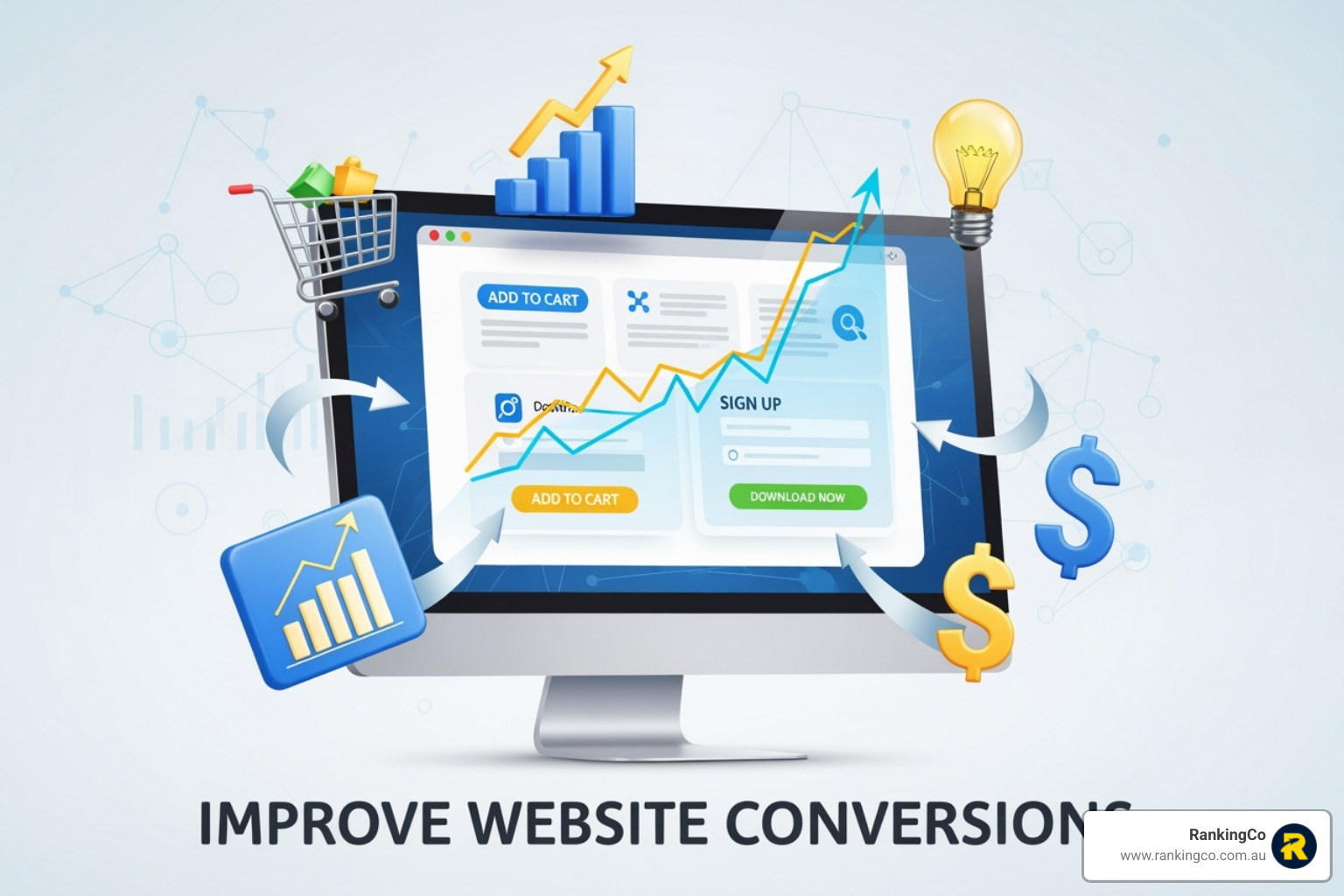
Optimise Your Calls-to-Action (CTAs) and Forms
Your CTA is the bridge between interest and conversion. Use action-oriented language that completes the sentence "I want to..." for your visitor. For example, change "Learn More" to "Get My Free Marketing Audit." The visual design is equally important; colour contrast should make your button stand out. Most powerfully, personalised CTAs convert 202% better than generic ones, making visitors feel understood.
Forms are another critical checkpoint where conversions are often lost. The average cart abandonment rate is over 69%, with complex forms being a major contributor. Reducing form fields to only essential information can dramatically improve completion rates; for instance, a major online travel agency famously increased profits by $12 million by removing just one field. Offering a guest checkout option is also vital, as 37% of users will abandon a purchase if forced to create an account. Our approach to eCommerce SEO focuses on streamlining these critical conversion pathways.
Leverage Social Proof and Build Unshakeable Trust
Trust is the foundation of all conversions. Social proof harnesses our tendency to look to others for guidance. The statistics are compelling: customer reviews increase conversion likelihood by 58% , and well-placed testimonials can boost rates by 34%. These should be displayed prominently with star ratings and authentic user content.

For B2B businesses, detailed case studies provide the in-depth proof that sophisticated buyers require. Trust badges and security seals , such as SSL certificates and payment provider logos, address fundamental safety concerns, especially near checkout. Furthermore, user-generated content is powerful, with 80% of consumers more likely to purchase from stores featuring authentic customer photos or posts. Our guide on how to Boost Conversions with Persuasive Landing Pages integrates these trust signals into high-converting designs.
How to Improve Website Conversions with Personalisation
Personalisation transforms your website from a generic brochure into a custom experience. This can involve personalised content that adapts based on visitor behaviour, such as showing different headlines to new versus returning customers. Dynamic messaging aligns your landing page with the traffic source, ensuring consistency between ad copy and on-site content.
User segmentation allows you to tailor experiences for different audience groups based on their journey stage or interests. Behavioural targeting uses real-time interaction data to offer relevant recommendations or interventions. The impact is significant, with personalised CTAs performing 202% better than generic alternatives. Our Google Ads Management strategies leverage these techniques to create highly targeted campaigns that feed into personalised on-site experiences, amplifying conversion rates.
The Data-Driven Approach: Testing and Analysis for Continuous Improvement
Effective conversion optimisation is a rigorous, data-driven science. To truly improve website conversions , businesses must commit to continuous testing, meticulous analysis, and understanding user behaviour. This iterative process turns assumptions into actionable insights that drive measurable growth.
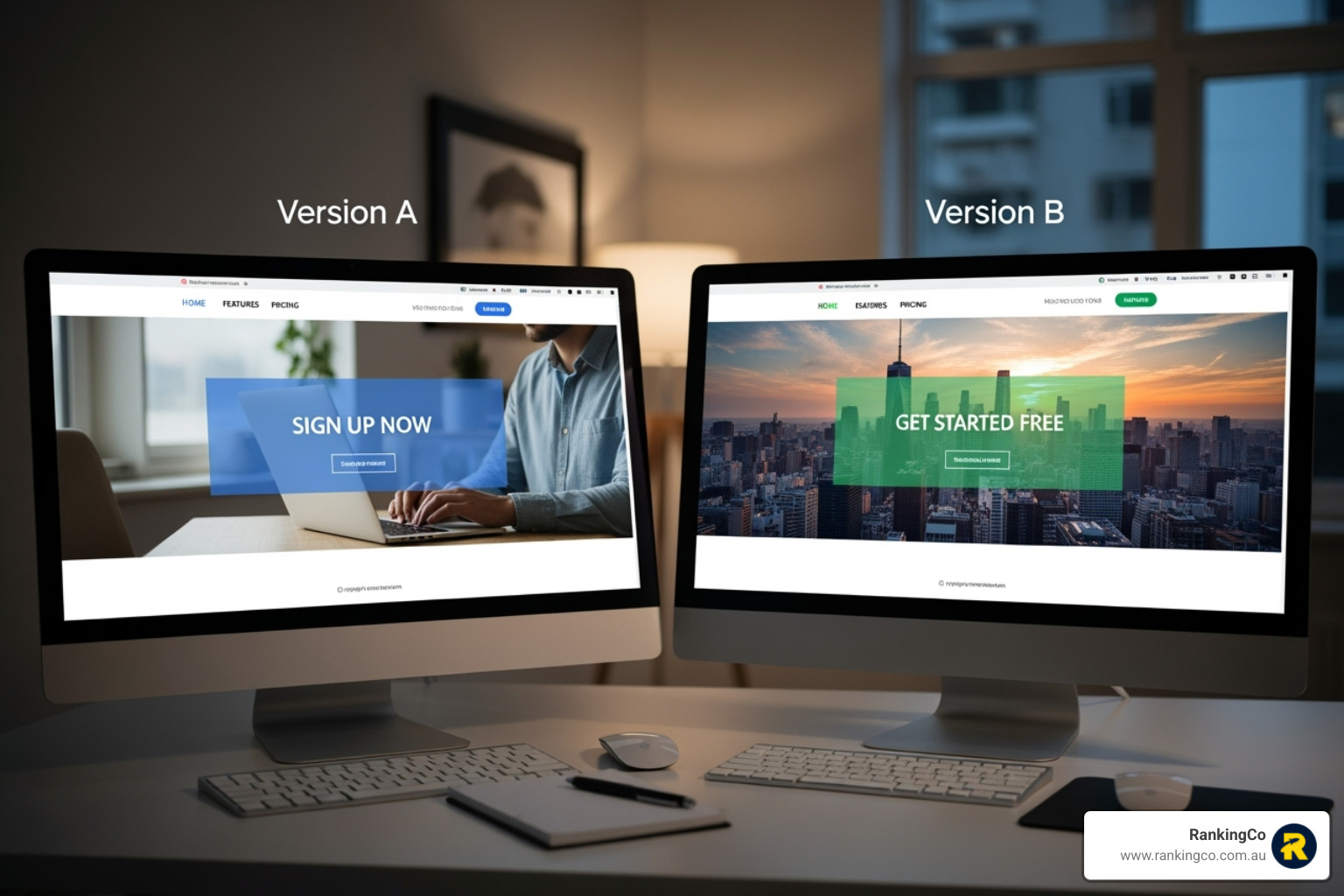
The Power of A/B Testing and Data Analysis
A/B testing is the backbone of scientific CRO. It involves creating two or more versions of a page element and showing them to different audience segments to see which performs better. The key is achieving statistical significance (a 90-95% confidence level) to ensure decisions are based on genuine user preferences, not random chance. Nearly any element can be a testing opportunity , including headlines, layouts, CTAs, images, and forms. For example, a famous political campaign used A/B testing to great effect, collecting millions of additional email addresses and proving the methodology's power at scale.
Beyond testing, data analysis tools provide invaluable insights. Heatmaps show where users click and focus their attention, while session recordings allow you to watch user journeys unfold, revealing friction points that quantitative data alone cannot. This combination of testing and analysis creates a powerful feedback loop for continuous improvement, a topic we explore in our guide on What is Conversion Tracking.
Gathering and Implementing User Feedback
While quantitative data shows what users are doing, qualitative feedback from surveys, polls, and user interviews helps us understand why. This deeper understanding is crucial for uncovering pain points and motivations. On-site surveys can ask about their experience, while exit-intent pop-ups can capture why a user is leaving. Direct conversations with existing customers often yield the most valuable information for informing future optimisation strategies. This feedback ensures our efforts remain genuinely user-centric, as detailed in our analysis of Engagement Metrics for Website Success.
How to Improve Website Conversions through Funnel Analysis
A conversion funnel maps the user's journey to a completed action. Funnel analysis involves tracking these journeys to identify precisely where visitors drop off. With average cart abandonment rates over 69%, this presents a significant opportunity. Using tools like Google Analytics 4 (GA4), we can identify specific drop-off points , whether on a product page, in the shopping cart, or during checkout.
Analysing user flow reveals the actual paths users take, which often differ from the intended journey. Once drop-off points are identified, we can optimise key pages with surgical precision, often by removing friction rather than adding features. Segmenting traffic sources provides another layer of insight, helping determine which channels convert best and where to prioritise optimisation efforts. This approach is central to our Microsoft Leads Ads Management services, where we focus on optimising the entire funnel for lead generation.
Frequently Asked Questions about How to Improve Website Conversions
When working with businesses globally, we consistently encounter similar questions about conversion optimisation. Here are answers to the most common concerns from startups and scaling businesses looking to improve website conversions .
What is a good website conversion rate?
A good conversion rate is typically between 2% and 5%. However, this figure varies significantly by industry, traffic source, and the type of conversion being measured. For example, the Food & Beverage industry averages a 7.90% conversion rate, while Professional Services average 4.60%. Top-performing websites can achieve rates of 11% or higher. The most important goal is not hitting a specific number but focusing on continuous improvement, as even small increases generate substantial revenue growth.
Where is the best place to start with conversion rate optimisation?
Begin by analysing your high-traffic pages that have low conversion rates, as these represent your biggest opportunities. Use analytics to identify the most significant drop-off points in your conversion funnel, such as the checkout process or a specific landing page. Addressing these high-impact areas first will yield the most significant results. Complement this data with user feedback from surveys or interviews to understand the 'why' behind the numbers. Prioritise changes based on potential impact and ease of implementation to build momentum.
How does SEO affect my website's conversion rate?
SEO and conversion rate optimisation are deeply interconnected. SEO drives qualified traffic to your site by targeting keywords with high user intent, attracting visitors who are already looking for your products or services and are therefore more likely to convert. Furthermore, technical SEO elements that are crucial for rankings, such as page speed and mobile-friendliness, are also direct factors in user experience and conversion rates. A fast, mobile-friendly site prevents visitor frustration and abandonment. Our Leads SEO strategies focus specifically on attracting and converting these high-intent prospects through integrated SEO and CRO principles.
Open up Your Potential – Get Ranking with RankingCo
The journey to improve website conversions is an ongoing process of understanding customers, testing new approaches, and adapting to their needs. Success comes from a data-driven approach that puts your customers at the centre of every decision. By systematically optimising page speed, crafting compelling value propositions, streamlining user journeys, and leveraging effective CTAs, social proof, and personalisation, you transform your website into a highly efficient conversion engine.
At RankingCo, we have built our reputation as a leading digital agency by helping businesses achieve these changes. From our Brisbane, QLD headquarters, we work with startups and scaling businesses across Australia, New Zealand, the US, and Canada. This global experience allows us to handle the nuances of different markets while applying consistent conversion principles.
Our full-funnel marketing services are designed to drive qualified traffic and convert it effectively. This includes global and local SEO, targeted paid advertising through Google Ads Management , Meta, and LinkedIn, and sophisticated website strategy with conversion rate optimisation. We integrate advanced AI technologies to analyse market trends and create campaigns that resonate, setting new benchmarks in performance for our clients worldwide.
Whether you are based in Brisbane, Sydney, Melbourne, Adelaide, Perth, or the Gold Coast, our team delivers exceptional results through our comprehensive Digital Marketing Services in Brisbane , Digital Marketing Services in Sydney , Digital Marketing Services in Melbourne , Digital Marketing Services in Adelaide , Digital Marketing Services in Perth , and Digital Marketing Services on the Gold Coast.
If you are ready to transform visitors into loyal customers, we invite you to learn more about our Conversion Rate Optimisation services in Melbourne and our other service areas. For expert advice custom to your unique business goals, please reach out via our Contact Us page. We invite you to contact us to discuss how we can help you achieve your business goals.
